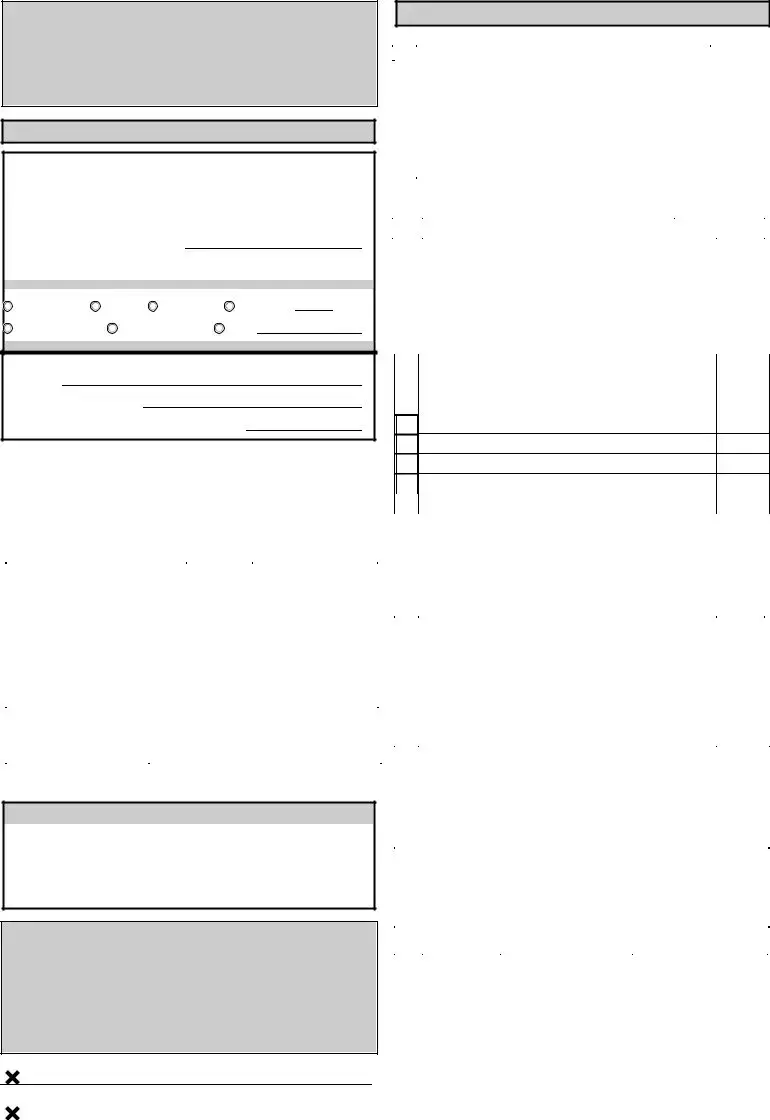A Building Permit Application, in many ways, mirrors the Electrical Permit Application. Both require detailed information about the project location, the property owner, and the contractor. Just as the Electrical Permit Application specifies the type of electrical work and the corresponding fees, the Building Permit Application outlines the construction or renovation work and associated costs, ensuring that all construction complies with local building codes.
A Plumbing Permit Application shares similarities with its electrical counterpart by requesting specific details about the proposed plumbing project, such as location and description of the work. Like the Electrical Permit Application, it necessitates signatures from the property owner or the licensed contractor, emphasizing accountability and compliance with local regulations for safety and standards.
Similarly, a Mechanical Permit Application, required for HVAC-related projects, aligns with the electrical permit process. It captures essential details about the project, including the property owner’s information and detailed descriptions of the work to be done, ensuring that mechanical installations meet local safety and efficiency standards.
The Zoning Permit Application also bears resemblance to the Electrical Permit Application, although its focus is more on ensuring that proposed use or development adheres to zoning laws. It gathers detailed information about the property and planned projects, ensuring compliance with local zoning ordinances, much like the electrical permit ensures adherence to electrical codes.
A Sign Permit Application is necessary for businesses planning to erect new signage. Like the electrical permit, this application requires detailed project descriptions, property information, and owner or contractor signatures. This permits local authorities to verify that the sign will be installed safely and in accordance with local sign codes and regulations.
The Fire Alarm Permit Application, specific to fire detection and alarm systems, shares the requirement for detailed project and contact information like the Electrical Permit Application. It plays a critical role in ensuring that alarm systems are installed correctly and operate in compliance with fire safety standards, akin to ensuring electrical work is safe and up to code.
Likewise, a Demolition Permit Application, although for a different purpose, requires similar documentation about the project, responsible parties, and property details. It ensures that demolition work proceeds safely, with minimal risk to the community and environment, paralleling the electrical permit's emphasis on safety and standards compliance.
Finally, a Solar Panel Permit Application, much like the Electrical Permit Application, necessitates detailed information regarding the installation project, including property and owner details. This ensures that solar panel installations are performed safely, efficiently, and in alignment with local building and electrical codes, emphasizing the importance of renewable energy systems’ compliance with established standards.
